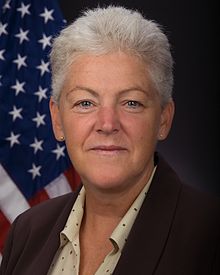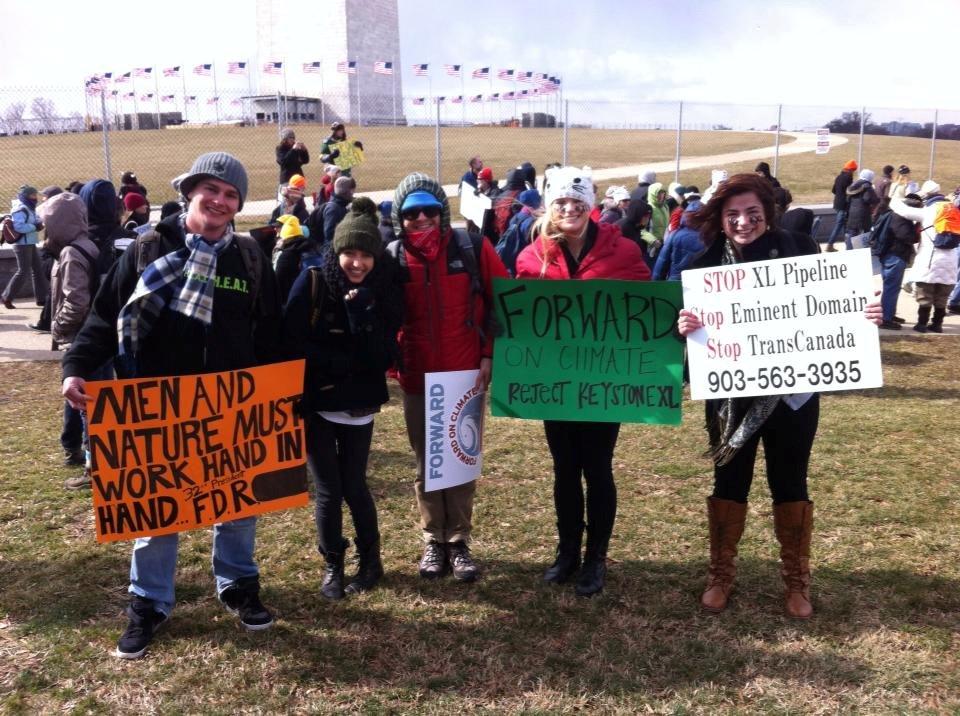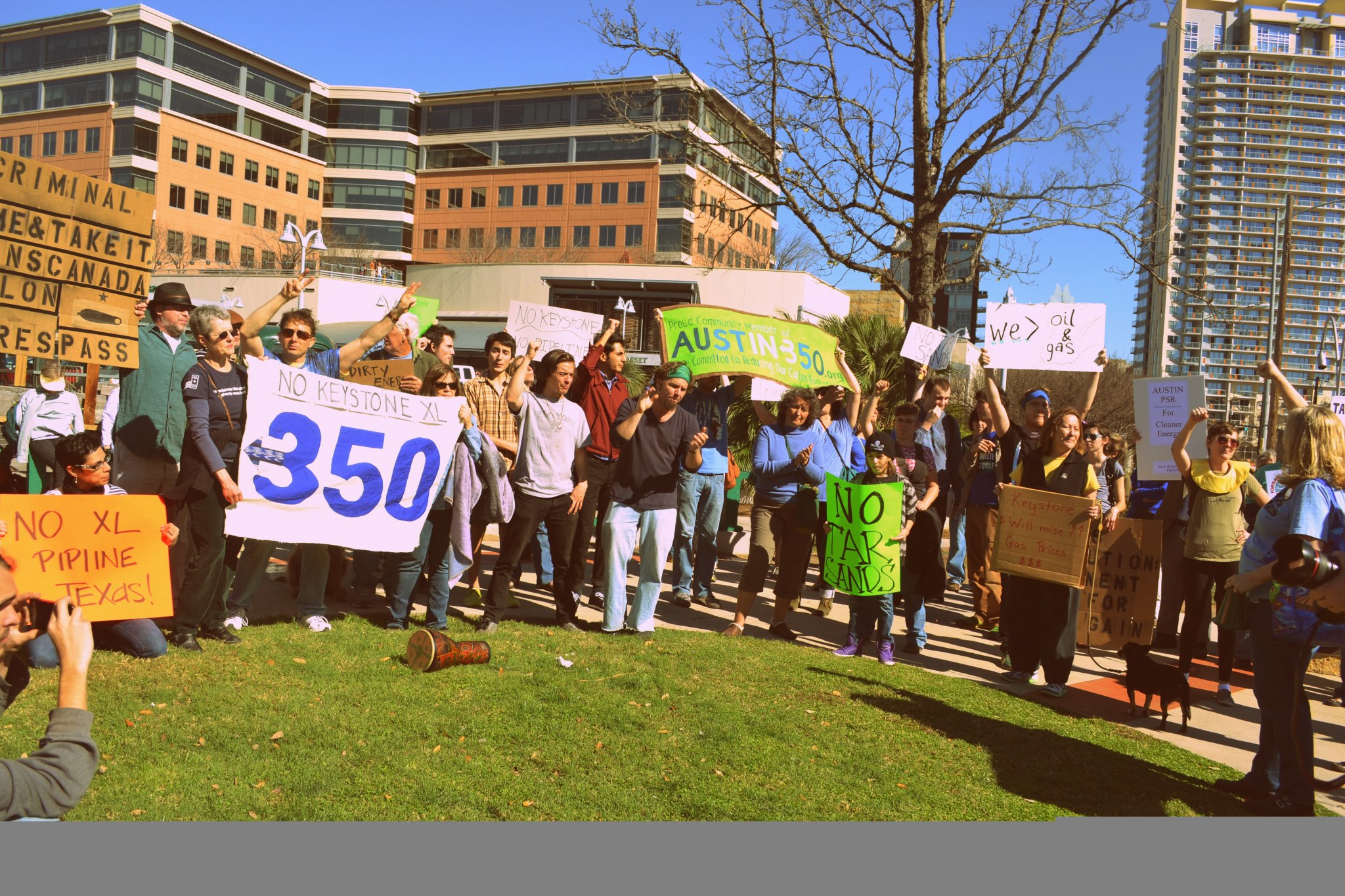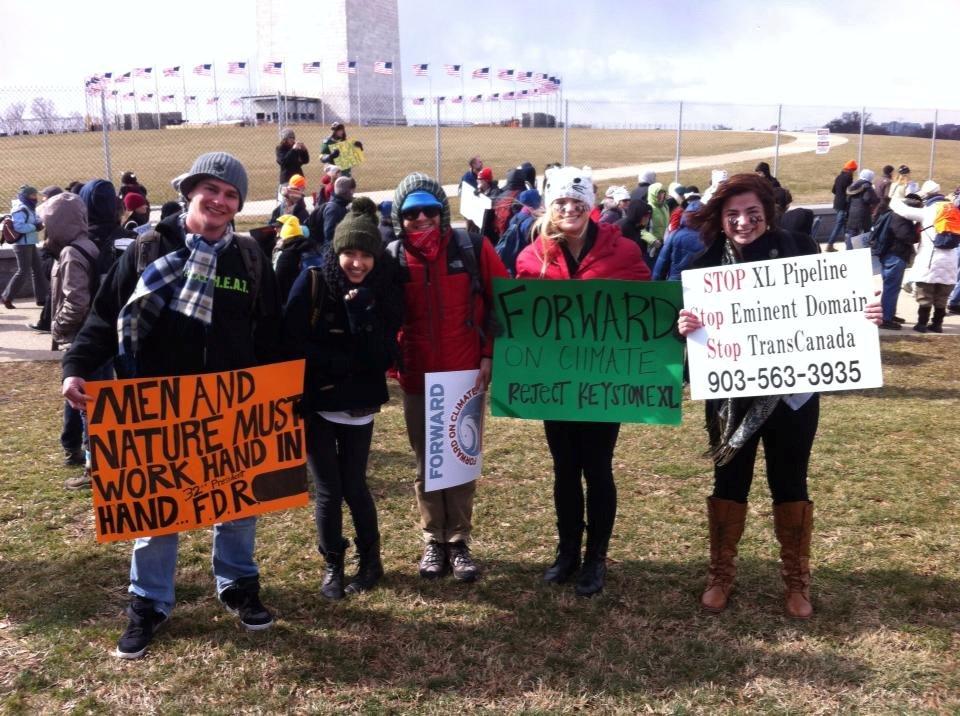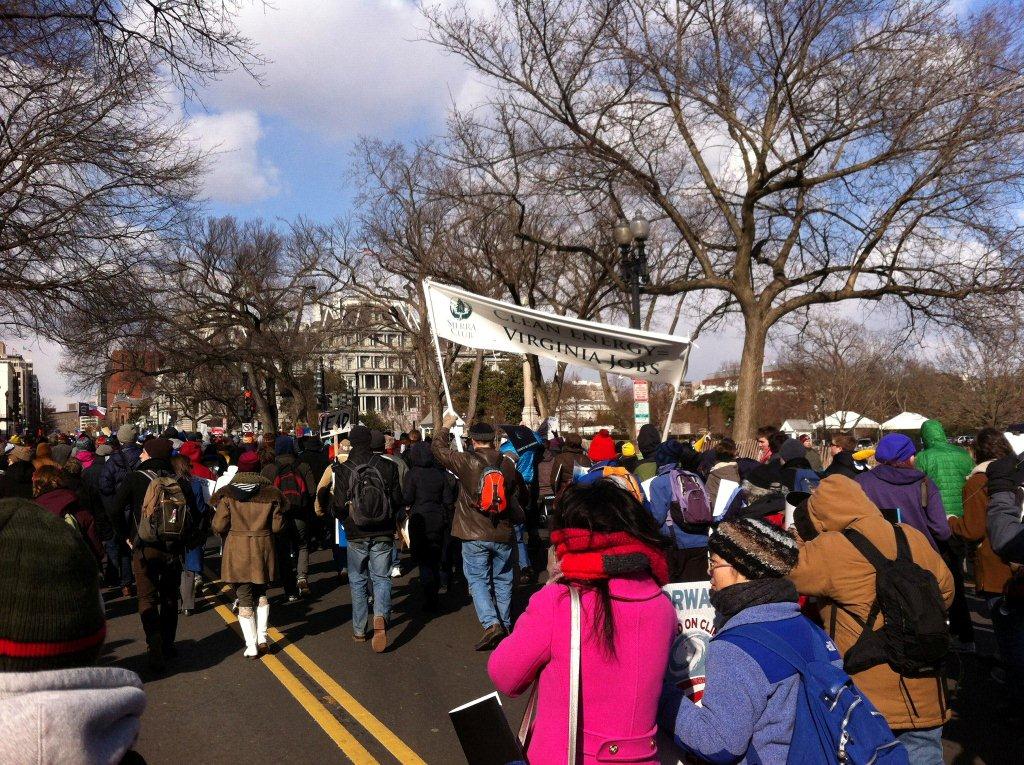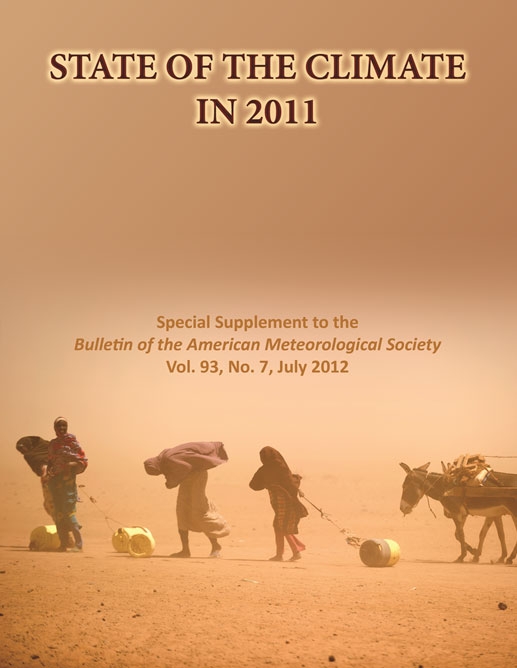by guest blogger Jane Dale Owen
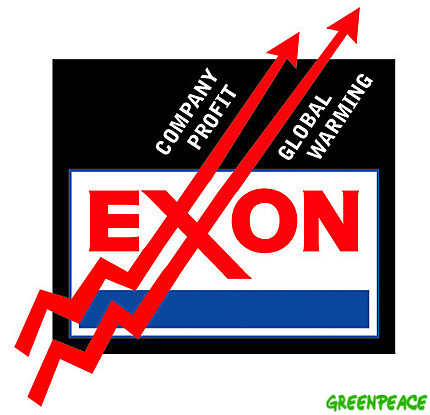 On May 9, carbon dioxide (CO2) concentration in the earth’s atmosphere surpassed 400 parts per million for the first time since measurements began in 1958, according to National Oceanic and Atmospheric Administration (NOAA) scientists. Climate experts consider this to be the tipping point when unimaginable disastrous climate change is inevitable.
On May 9, carbon dioxide (CO2) concentration in the earth’s atmosphere surpassed 400 parts per million for the first time since measurements began in 1958, according to National Oceanic and Atmospheric Administration (NOAA) scientists. Climate experts consider this to be the tipping point when unimaginable disastrous climate change is inevitable.
As if to illustrate this point of no return, monster tornadoes raged across the middle of this country completely obliterating Moore, Oklahoma. Pieter Tans, a senior scientist in NOAA’s Global Monitoring Division told a New York Times reporter, “It symbolizes that so far we have failed miserably in tackling this problem.”
For years, responsible investor groups have called for ExxonMobil to address climate change. The company’s board of directors seems to hardly notice. Again this year, there are resolutions calling for greenhouse gas emissions goals.
But a major shift in shareholder resolution themes is emerging. 2013 shareholder resolutions call for ExxonMobil to disclose what the company is doing to adapt to extreme weather and climate change. This shift in resolution themes illustrates how neglecting to address climate change has contributed to a global crisis in which disasters are anticipated and preparedness for such events is a priority for any company’s business plan.
The situation reminds me of a Winston Churchill quote:
Want of foresight, unwillingness to act when action would be simple and effective, lack of clear thinking, confusion of counsel until the emergency comes, until self-preservation strikes its jarring gong — these are the features which constitute the endless repetition of history.
As I cast my votes this year, I hope that more shareholders will get involved to move ExxonMobil toward a life-sustaining future. ExxonMobil’s $44.9 billion in earnings for 2012 came close to a world’s record. Instead of wildcatting in costly, unproven non-conventional fossil fuel technologies such as fracking and tar sands that add greenhouse gas to the atmosphere, the company could show foresight and leadership by investing in clean, renewable energy such as wind, solar and geo-thermal.
At the very least, ExxonMobil could invest some of its vast resources in best available technology to clean-up the emissions from its refineries and chemical plants. In addition to increasing CO2 levels, these emissions endanger the lives and health of the people living on the fence lines of these operations.
Unless citizens get involved, we can expect ExxonMobil to continue business as usual. Of course we should expect our company to disclose to us it’s plan for adapting to climate change and how much it will cost. But I regret that this company, the U.S. government and others did not heed NASA Scientist James Hansen’s warning to the U.S. Congress about climate change in 1988. If action had been taken then, I believe we could have avoided much of the loss and suffering due to storms, fires and drought we recently have seen and are likely to see in the future.
If you are an ExxonMobil shareholder, I urge you to exercise your power — review the shareholder resolutions and vote. We must continue to work toward getting this company to take responsibility for its role in climate change. As Ralph Keeling, geochemist at the Scripps Institution of Oceanography noted in the report about CO2 levels, “There’s no stopping CO2 from reaching 400 ppm. That’s now a done deal. But what happens from here on still matters to climate, and it’s still under our control. It mainly comes down to how much we continue to rely on fossil fuels for energy.”
– Jane Dale Owen is granddaughter of Robert Lee Blaffer, one of the founders of Humble Oil and Refining Company, the parent company of Exxon Mobil. She is president and founder of Citizens League for Environmental Action Now (CLEAN) www.cleanhouston.org, an organization that provides news, information and education about global and local environmental issues.


